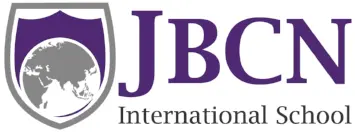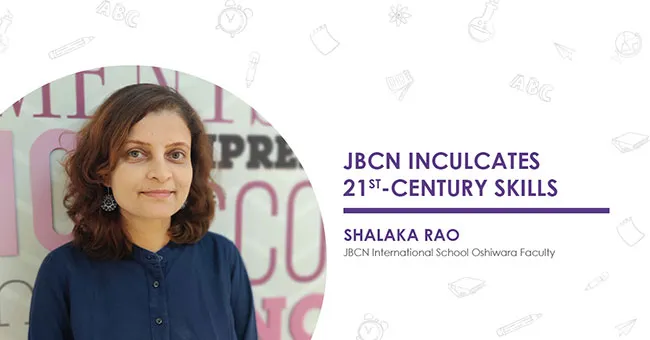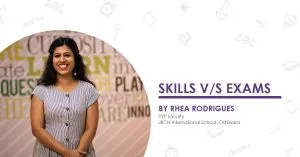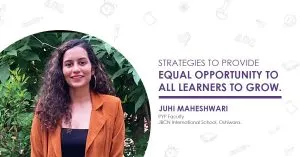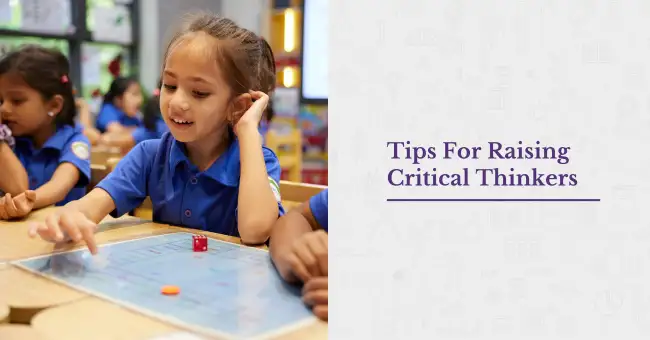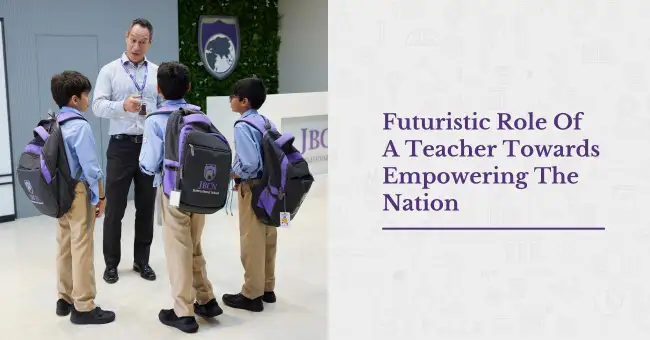
What is personalisation? How is it different from differentiation? Though both approaches focus on the varied needs of learners, they are not the same. Differentiation, is the modifying of learning content and assessment to match the learner’s ability, as it differs from the ability of other children in the same age bracket. It is implemented after assessing the knowledge and ability of a learner. Differentiation is a bridging approach in many schools and allows to motivate the learner to perform to his/her best. Differentiation can be effectively employed to challenge learners at varied levels.
However, Personalised learning is a learner-centred approach that accounts the learner interests, aspirations and learning objectives to determine, how they learn best and what strategies work for them. This approach is relationship driven and focuses on positive communication and social interaction between the teacher, learner, the parents, and peers. It teaches a learner to take control and ownership of his/her learning. It’s not something that is done to them but something that they participate in doing for themselves. For teachers, personalized learning is about facilitation more than dissemination. Personalisation is the golden standard of pedagogy.
Here are a few interesting personalised learning techniques that can benefit your child greatly-
1. Choice Boards
A choice board is a scaffolding technique, based on Bloom’s taxonomy. The learner identifies the concepts behind an assignment. Write the concepts on the board in the centre of four squares and then connect each square to an activity he enjoys to perform to explore the topic.2. Project-Based Learning
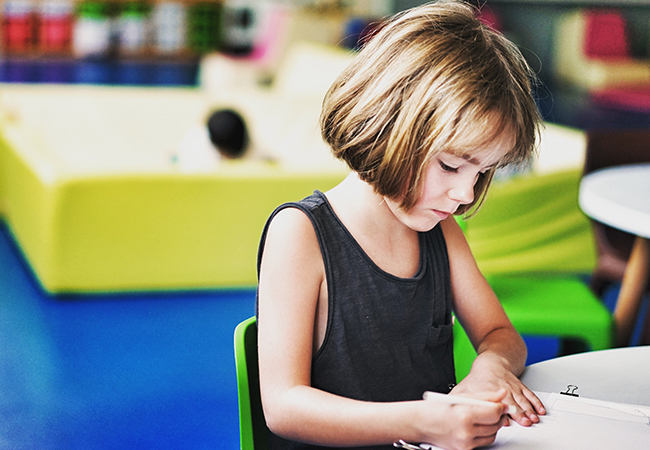 Project-Based Learning is a learner-centred approach. The learner takes authentic roles by documenting, capturing, reflecting, imagining, managing, and communicating. They actively choose topics they study and conduct a project based on it, for better understanding. This allows the leaner to be accountable, a short term goal is established by the leaner. To be effective project Based learning should be structured around a timeline which can be either monitored by a teacher or parents.
Project-Based Learning is a learner-centred approach. The learner takes authentic roles by documenting, capturing, reflecting, imagining, managing, and communicating. They actively choose topics they study and conduct a project based on it, for better understanding. This allows the leaner to be accountable, a short term goal is established by the leaner. To be effective project Based learning should be structured around a timeline which can be either monitored by a teacher or parents.3. Writing
As the old saying goes, write, write a lot, writing helps us personalise learning. It imposes a cognitive load on learners that is hard to match in terms of both skill and content knowledge. But writing can be fun, it need not be old fashioned. Here are the tools you can explore:- A scrapbook
- Blogging
- Mind map
- WordPad
4. Learning Apps
There are many apps that allow students to work at their own pace. The apps advance students when they are ready, and align with the Core standards, supplementing the curriculum. Though parents are sceptical about E-learning they are the netizens favourite space, if monitored it can be built into a conducive learning space.Every learner is unique and every learner’s challenge is unique. Traditional schools often have difficulty catering to diverse learner needs. Personalised learning experience makes learning interesting and long term for learners. The boom in international schools and curriculums in India points towards the growing affinity towards personalisation and its positive outcomes.
Written By: Dr Mary Limna D'Cunha
IBDP English TOK Facilitator
JBCN International School
